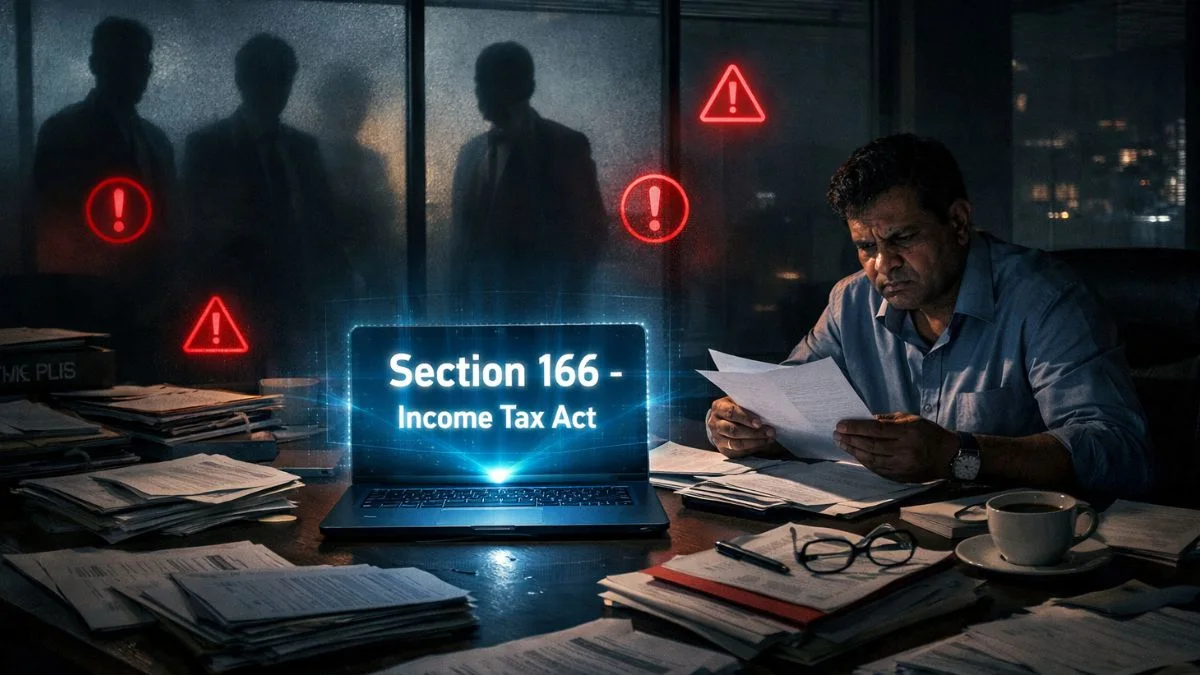
Share trading can be thrilling and rewarding—but when the ITR season arrives, many traders panic. Whether you're into intraday trading, F&O, delivery-based equity, or even crypto trades, filing the correct Income Tax Return (ITR) is not just essential—it’s non-negotiable.
In this guide, we’ll walk you through how share traders can file ITR easily and accurately, and help you understand whether you should go for ITR 2, ITR 3, or ITR 4. Let's simplify the process, so you don’t have to worry about tax notices or missed deadlines.
Who is Considered a Share Trader?
If you buy and sell shares frequently with the intent of making profits, you're a share trader, not just an investor.
Depending on your trading type:
- Intraday & F&O (Futures & Options): Treated as business income
- Short-term or long-term capital gains from delivery trades: Treated as capital gains
- Crypto trades (yes, even those!): Counted under Virtual Digital Assets (VDAs) as per new tax rules
Which ITR Form Should a Share Trader File?
Here’s the biggest question most traders have—which ITR form is right for me?
- ITR 2: For those who only earn capital gains from delivery-based share trading, without business income.
- ITR 3: For those earning income from intraday, F&O, or any type of business-like trading activity.
- ITR 4: For small traders using the presumptive taxation scheme (under Section 44AD), provided their turnover is below ₹2 crore and they don't maintain detailed books.
👉 You can file ITR 2, ITR 3 & ITR 4 depending on your trading style & income type.
Documents You Need Before Filing
Before diving into the filing process, keep these documents ready:
- Trading account statement (showing profit/loss from all trades)
- Tax P&L report from your broker (Zerodha, Upstox, Angel, etc.)
- Bank account statement
- Form 26AS & AIS/TIS reports
- Form 16, if you also have salary income
- Ledger summary, especially if F&O or intraday is involved
Business Income or Capital Gains: Know the Difference
Understanding the nature of your income is vital.
|
Type of Trade |
Tax Head |
ITR Form |
|
Intraday |
Business Income |
ITR 3 |
|
F&O Trading |
Business Income |
ITR 3 |
|
Delivery-Based (Held >1 Day) |
ITR 2 |
|
|
Crypto |
ITR 2/3 |
|
|
Small Traders opting for Presumptive Tax |
Business Income |
ITR 4 |
📌 Pro Tip: If your total turnover is low and profit margin is above 6–8%, you can choose presumptive taxation under Section 44AD and file ITR-4.
Also Read: Crypto Traders, Don’t Skip This! The New ITR Filing Rule That Could Save You Trouble in FY 2024–25
Step-by-Step Guide to File ITR for Share Trading
Step 1: Calculate Income and Turnover
- Use your broker’s Tax P&L report to determine turnover & net gains/losses.
- For F&O, turnover is the absolute sum of profits and losses.
- For intraday, add all positive and negative trades (no netting allowed)."
Step 2: Choose the Correct ITR Form
- Based on the type of income, as explained above.
Step 3: Maintain Books of Accounts (if applicable)
- If you are not opting for presumptive taxation, maintain ledgers, journals, etc.
Step 4: Compute Taxes
- Apply slab rates for business income.
- For capital gains, use 15% for STCG and 10% (above ₹1 lakh) for LTCG.
Step 5: Report All Other Income
- Include salary, interest on savings account, dividend, rent, etc.
Step 6: Claim Deductions
- Claim 80C (LIC, ELSS), 80D (Health Insurance), & other eligible deductions.
Step 7: File Your ITR
- Use the income tax e-filing portal or Excel/Java utility
- Validate using Aadhaar OTP or Digital Signature
Step 8: Verify ITR
- Don't forget to e-verify your return within 30 days!
Common Mistakes Traders Make
- Filing ITR-1 instead of ITR-3 or ITR-2
- Not reporting losses or carrying them forward
- Missing broker charges or STT in cost computation
- Skipping audit if turnover crosses ₹10 crore (or ₹1 crore without digital mode)
- Not maintaining books when mandatory
Can I Show Losses and Carry Forward?
Yes! You can show:
- Business losses (F&O, intraday)
- Capital losses (delivery trades)
But to carry them forward for 8 years, you must file ITR before the due date—typically 31st July for non-audit cases."
Also Read: The Silent Rule That Decides Whether You Pay Tax in India—or Not
Should You Get a Tax Audit Done?
A tax audit under Section 44AB is required if:
- Turnover exceeds ₹1 crore (or ₹10 crore if 95% transactions are digital), AND
- You’re not opting for presumptive taxation, OR
- You declare profits lower than 6% (digital) or 8% (cash) under Section 44AD
Deadline to File ITR for Share Traders
- Non-Audit Cases: 31st July 2025
- Audit Cases: 31st October 2025
Don’t miss it!
Conclusion: File the Right ITR, Stay Stress-Free
Whether you're a hobbyist trader or a full-time stock market enthusiast, filing the correct Income Tax Return for share trading is crucial. Choose between ITR 2, ITR 3 & ITR 4, & understand your income classification clearly.
A small mistake can lead to tax scrutiny. So if you’re unsure, get expert help instead of guessing your way through.
Need expert help filing your ITR for share trading? Let our experts at Callmyca.com handle it for you—no mistakes, no stress, just peace of mind.











